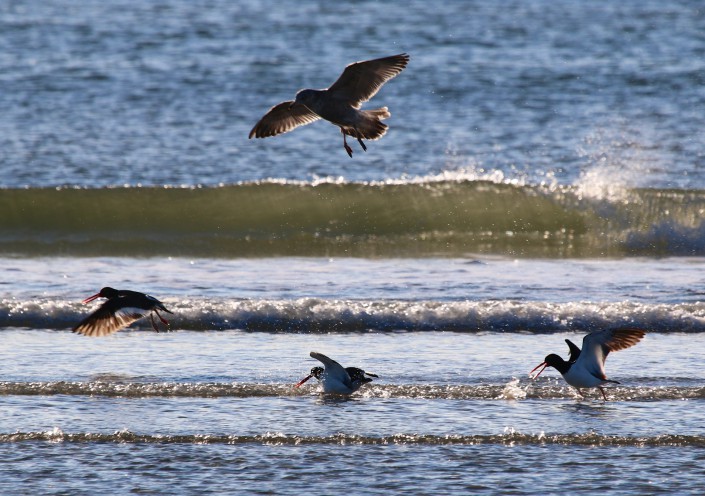New Jersey’s Hidden Coast – The Final Episode
NEW JERSEY’S HIDDEN COAST – EPISODE 6
by Emily Hofmann, Assistant Communications Manager
“Our work on the bayshore is not just about wildlife, it’s about people, and how keeping nature strong keeps us all strong in the face of disasters like hurricanes.”
We want to ensure that New Jersey’s Hidden Coast remains a vital part of our livelihood for generations to come.
This is the final episode to our video series, “New Jersey’s Hidden Coast.” Catch a glimpse of the Bay, the horseshoe crab at the center of the bay’s system, and the incredible relationship between horseshoe crabs and migratory birds, like the red knot. We reveal the real value of horseshoe crabs, the challenges to the ecosystem, and the potential for thriving regional economy along the bayshore. We will show Hurricane Sandy as a catalyst for decisive action and the work being done to rebuild the area for both people and wildlife.
Catch up on the previous episodes, here on our blog or on YouTube. Explore the use of “living shorelines” instead of bulkheads and the importance of marshes to the marine ecosystem. Discover the on-the-ground, grassroots efforts of the community to build oyster reeds alongside veterans. And examine the future of the Bay and the work that needs to be done to preserve our conservation successes year after year.
Discover Delaware Bay:
- Explore cultural sites and other points of interest in Cumberland County
- Grab a meal and a place to stay in Cape May County
- Where to see horseshoe crabs and shorebirds
- Learn more about our work to restore Delaware Bay at RestoreNJBayshore.org
